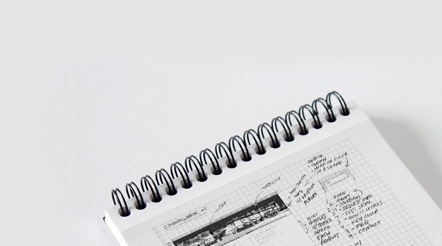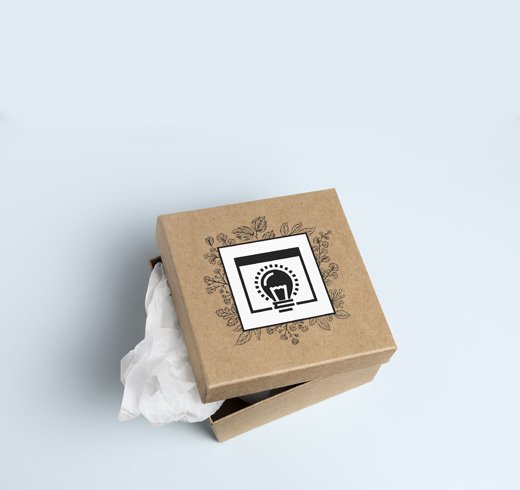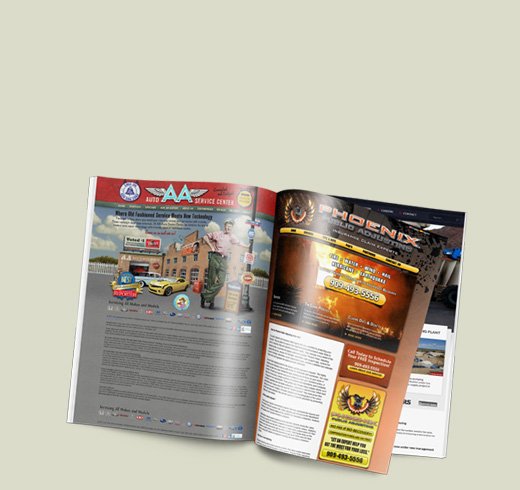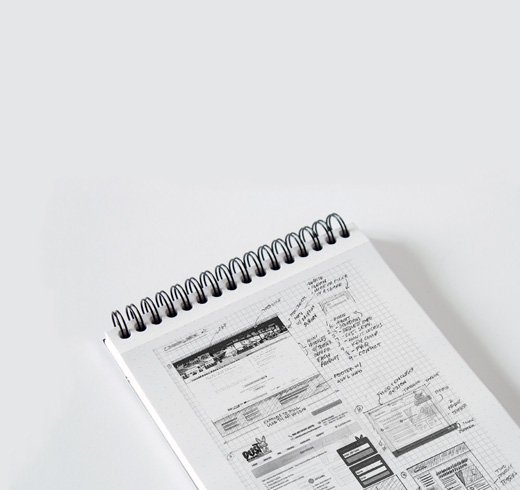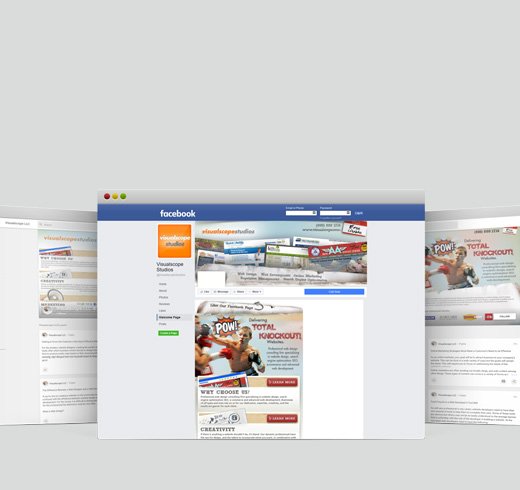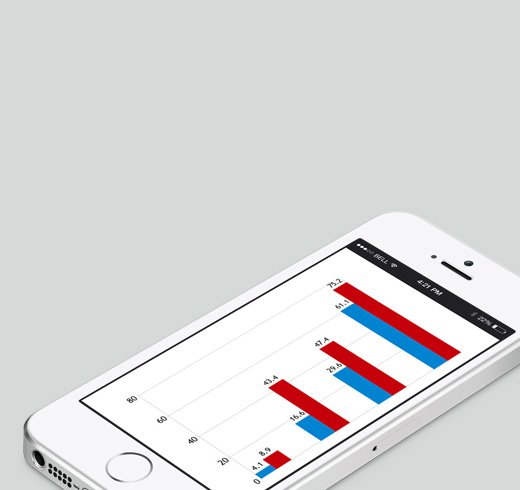
-
We all know that competition is fierce in the corporate world. Nonetheless, the desire to be competitive does not give a company the right to blatantly copy the work of another company. Unfortunately, this practice is starting to occur far too often and seems to only have worsened with the increased popularity and ease of use of the Internet. Fortunately, if someone takes advantage of your hard work and tries to pass it off as his or her own, there are steps you can take. Namely, you can take action by using copyright and trademark laws to your favor. Of course, before you start taking any real action, you will need to do your research first.
The first step in your research process is determining who exactly violated your copyright or trademark. Once you have found your work on someone else’s website, perform a Whois lookup in order to find out who actually owns the site. If you have a software copyright that has been violated, you can check the PAD file in order to find out who authored the software and when it was released.
In addition to finding out who owns the site or who “created” the software, you also need to find out where the website hosting is taking place. Unfortunately, some countries are not as cooperative as others when it comes to addressing copyright violations. You will find, however, that most progressive countries are quite helpful with the process.
Once you have determined where the webhost is located, you should then check its Terms of Service (TOS) as well as its Acceptable Use Policy (AUP). This will also give you an idea of how cooperative the webhost will be. In many cases, you will find detailed information about how to file an abuse claim against the offending website.
Before you actually file the report, however, you need to be clear on what violations have actually taken place. If you are claiming a copyright violation, you need to be clear on what title 17, U.S. Code has to say about copyright.
In brief, this law covers the “original works of authorship” as they apply to dramatic, literary, artistic, and musical works. In addition, this protection is not only for published works, as unpublished works are protected as well. In fact, as soon as you have written or created an item that is covered under copyright law, you own the copyright to that item. It is important to note, however, that your ideas cannot be copywritten. Therefore, an article containing the same information but written in a different way is not a violation of copyright, just as cloning a software application is perfectly legal.
Since there are a few loopholes in the copyright laws, you need to take time to thoroughly evaluate the work of the person you suspect of violating your copyright. Then, print out copies of the documents in question and save the web pages and any executables if possible. It is also a good idea to capture screenshots and save that information as well.
Now that you have documented the offending materials and have saved them for future reference, you can visit archive.org and enter the URL of the website in order to learn more about when this content was added to the site. In this way, you can determine when the actual violation occurred.
If you still feel your copyright has been violated after completing this research and you feel you have sufficient evidence to prove your case, you have a number of different options to choose from. A good place to start is with contacting third party providers and notifying them of the violation. These include hosting, online ordering, download sites, associations, and organizations. Send the same correspondence to each of these parties and include all of the evidence you have gathered. In addition, specify the action you want these parties to take, such as to remove the site or downloads immediately.
You may not receive immediate action from these parties because they will want to conduct their own investigations as well. Nonetheless, they should respond to right away and should inform you about the actions they are taking. While you are waiting on these parties to take action, you should also send a Cease and Desist letter to the site owner. In this letter, you should state that you believe your copyright has been violated and you should provide the owner with a deadline by which the material should be removed before you will take further action. In most cases, this is enough to get the offending materials removed. If not, be certain to follow up with the third parties in order to make sure your copyright is enforced.
-

View our Case Studies
Explore the diversity of our work and how we made each one a success.
Let's get started -

RESOURCE CENTER
Resources to help you attract new and retain existing users.
Visit Our Resource Center -





